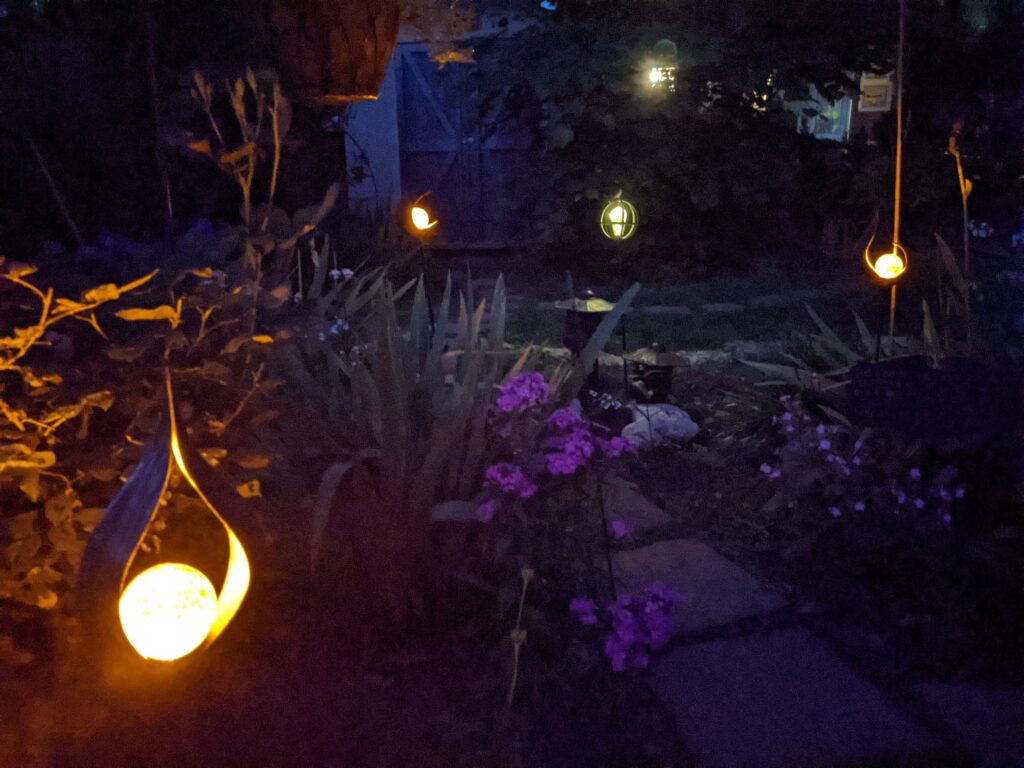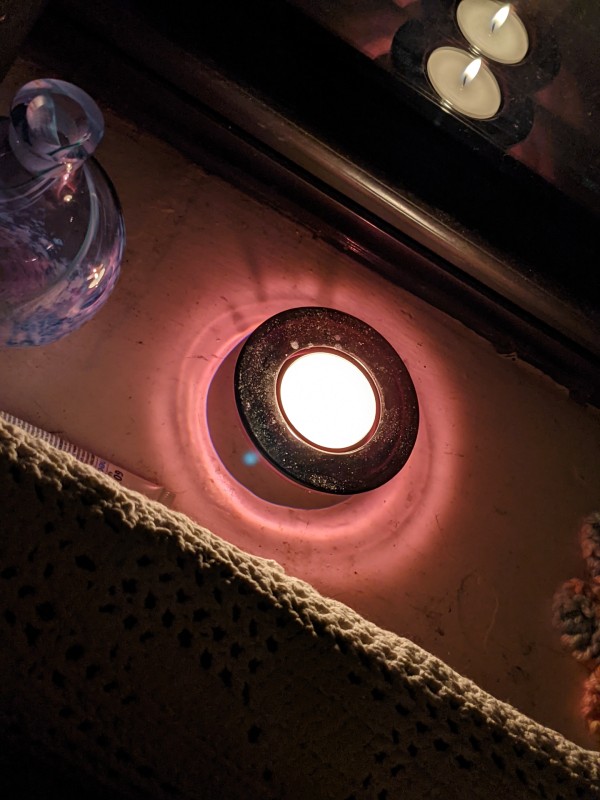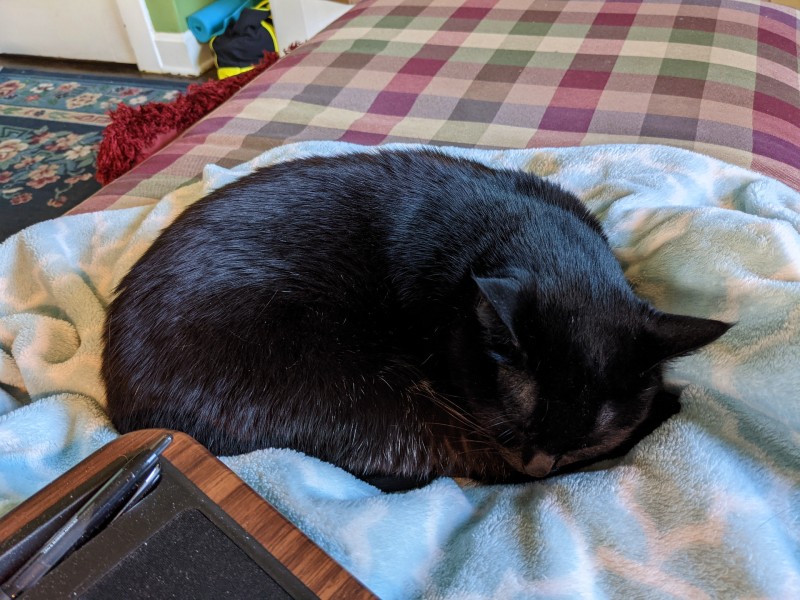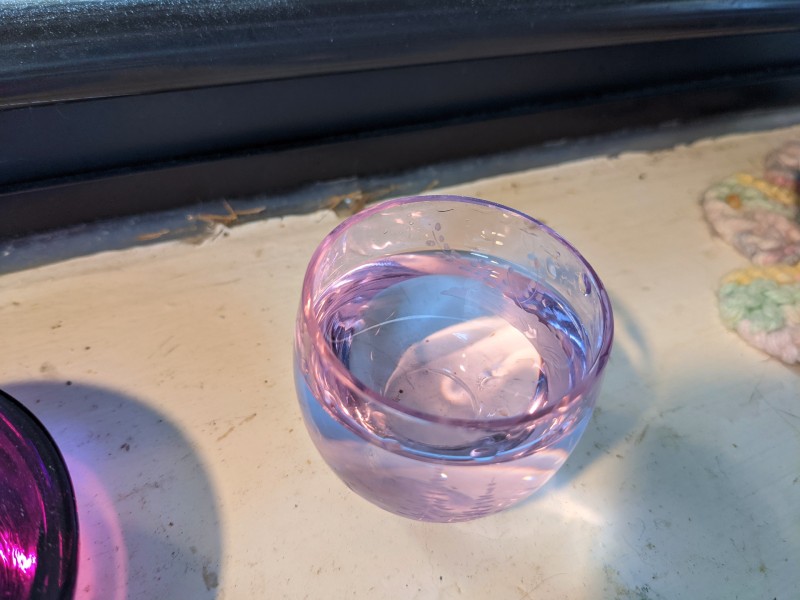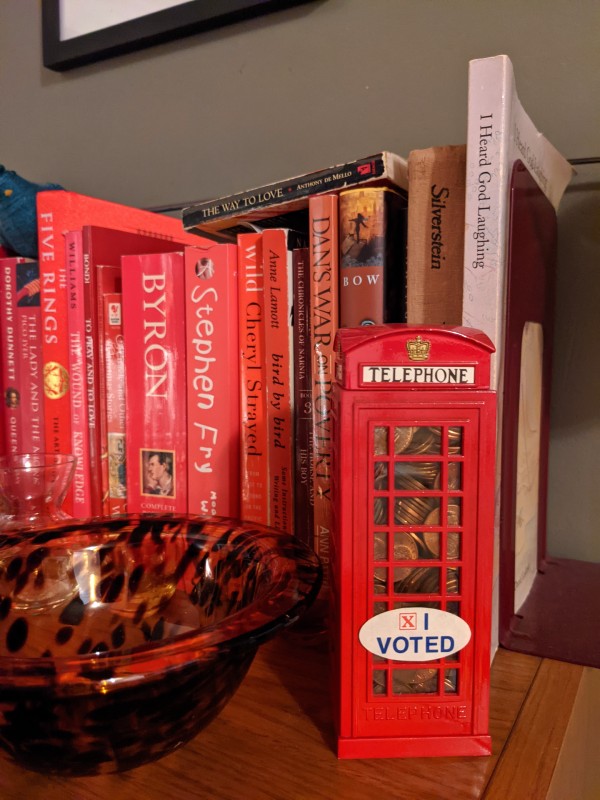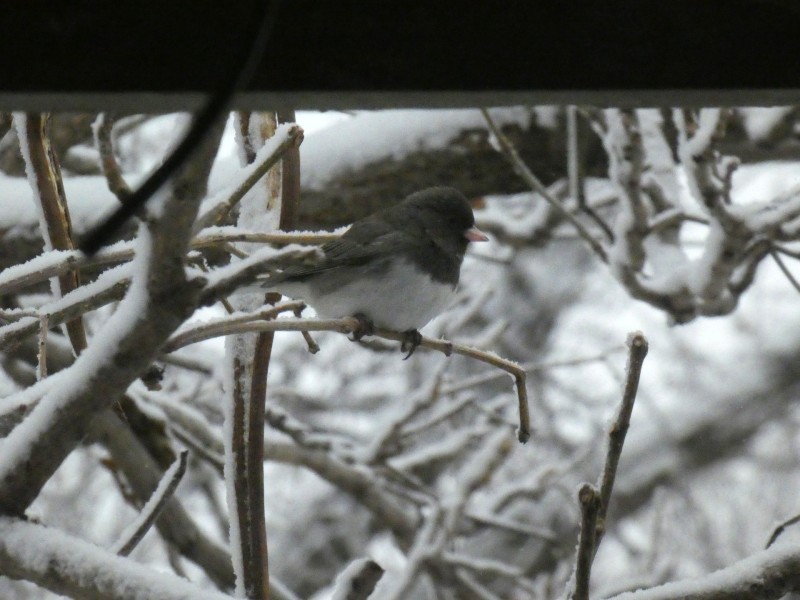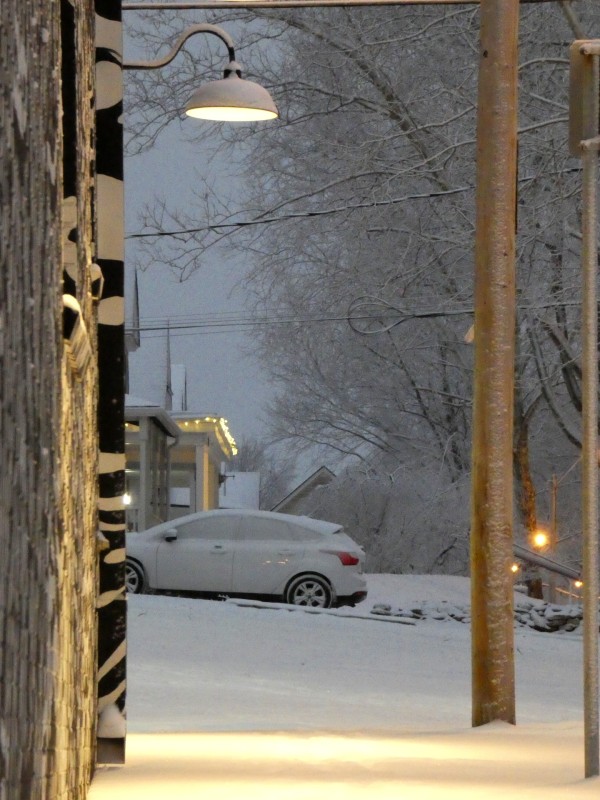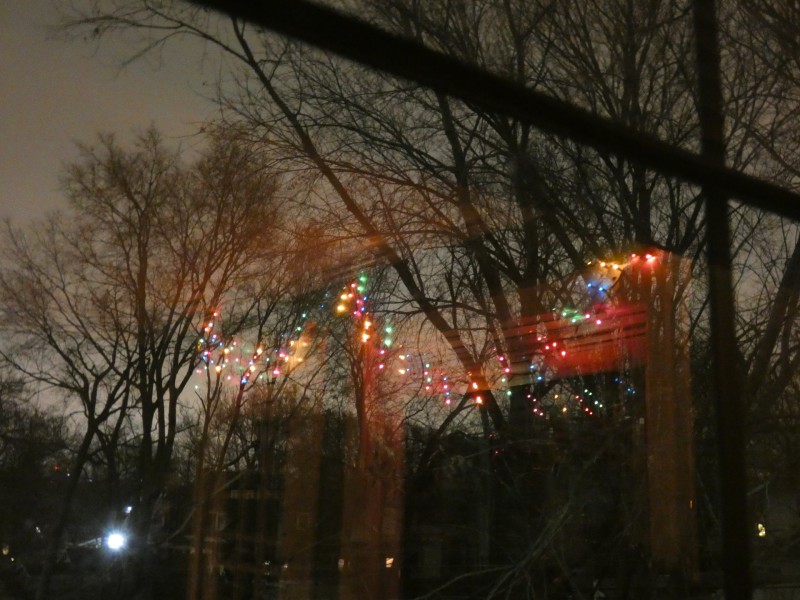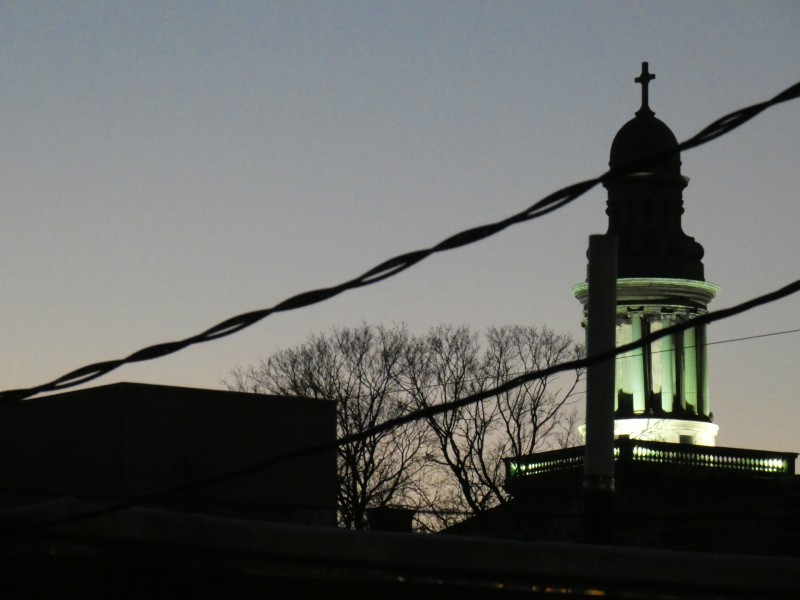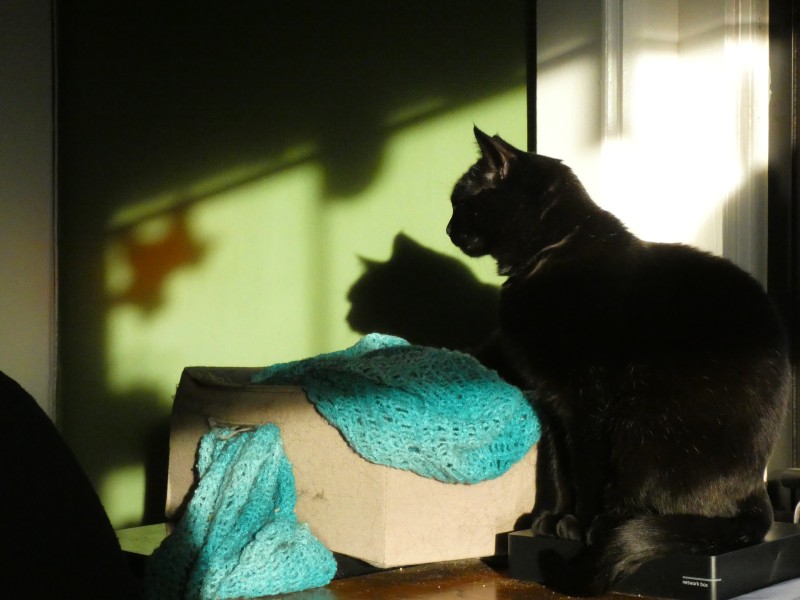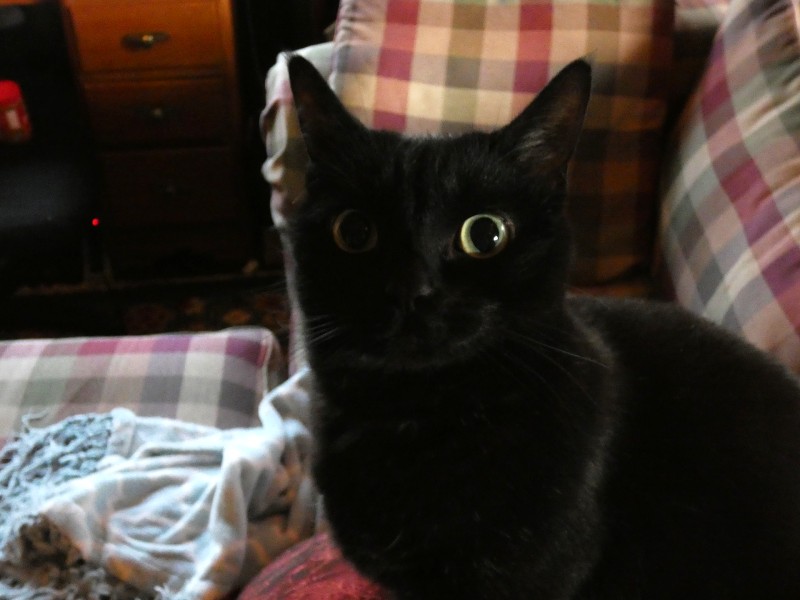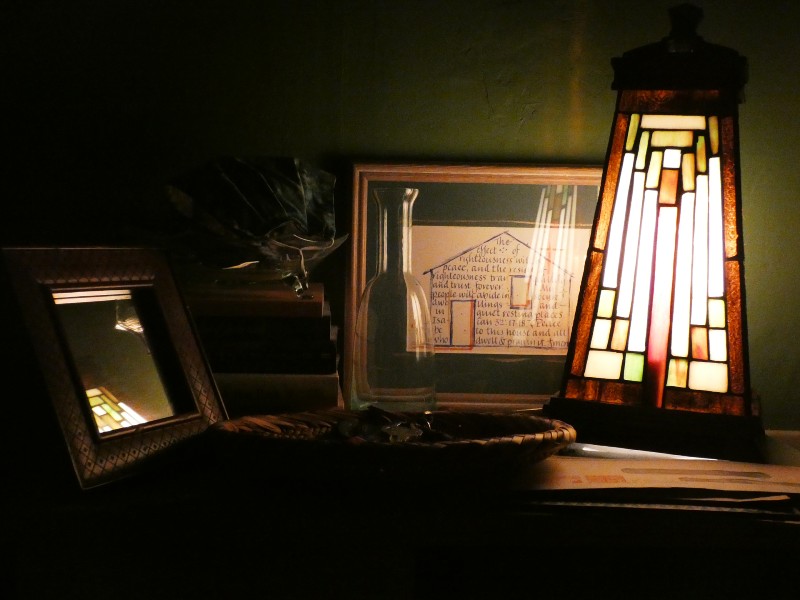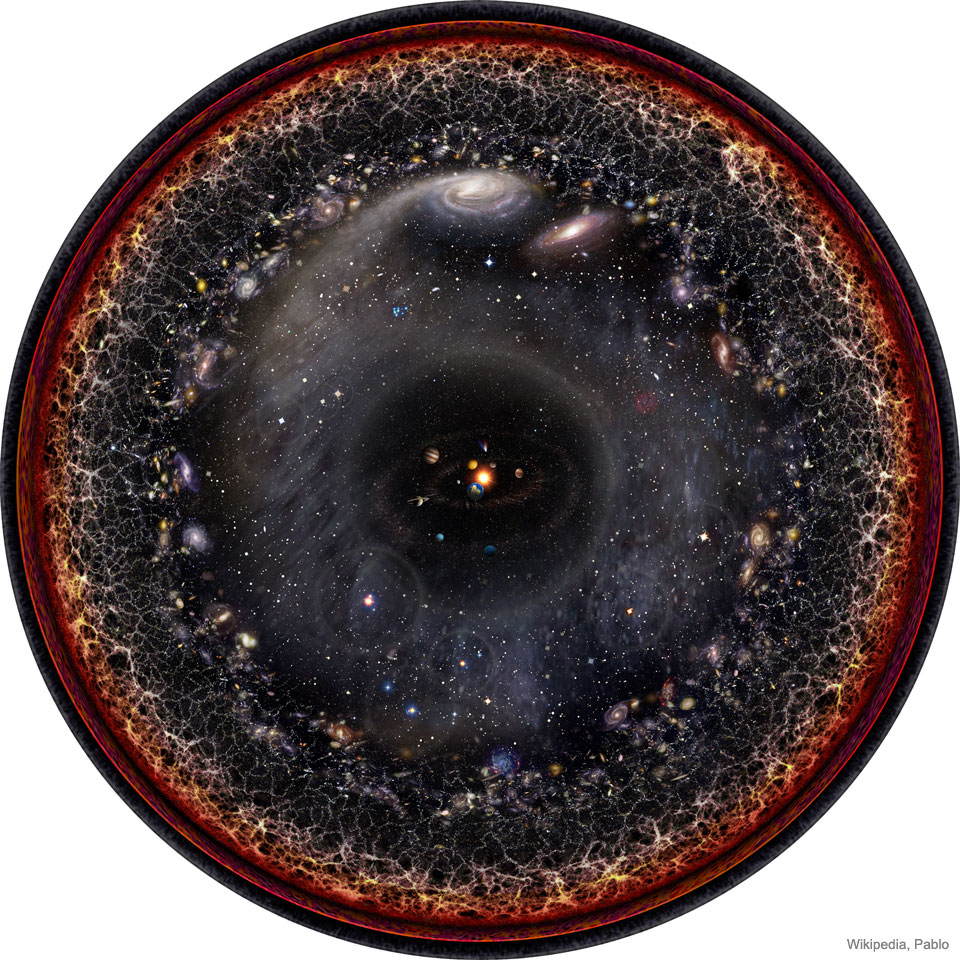The self-suspicion of the (woman) artist
I’m not sure how or why this 2017 essay by Claire Dederer washed up on my Twitter timeline, but it was an interesting and layered read. Its question was: what does one do with the art of monstrous men? And of course, in that #MeToo moment, it was a question on everyone’s lips. And, since the essay invites its readers to weigh in with their perspective, I’m going to.
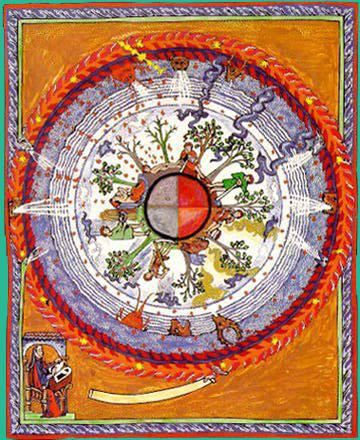
Dederer chose to peel these layers using the particular onion of Woody Allen. Which is interesting because I know exactly two things about Woody Allen: his movies are supposed to be towering comedic art, and he’s a child predator. Have I seen said movies? I have not. Have I read in depth the accounts of Allen’s misdeeds? Also no.
This is because I was raised in a strictly evangelical Christian environment. My parents may have watched a Woody Allen movie or two; I don’t know. When I became a fully independent adult, I had a nearly limitless array of modes in which to revolt; “watching Woody Allen movies” just didn’t make it onto the list. Diving into the liturgical church; reading, writing, and watching sci-fi and fantasy; and excusing myself from marriage and motherhood occupied most of those energies.
But. I’m intimately familiar with the self-suspicion Dederer describes. Am I a monster? I was asking myself this while I was still a child. I asked myself this when I was a callow college student. I asked myself this while working as an underemployed adult. I asked myself right up until I was 38, and one morning I contacted again an old memory of fleeting cruelty from a man when I was very small. But for the first time ever, instead of focusing on how furious and helpless it made me feel to remember it, I thought: I was right.
At the time I had said to myself: I must be mistaken. This can’t be sadism. This must be something else. I must be making a mistake.
But I wasn’t. I was simply telling myself a necessary lie, a lie that the powerless have to tell themselves for the time being. My perception is messed up, that’s what the problem is. No, what the problem is, is that lies like that throw out little metastatic filaments and snare the rest of your soul and make you think you’re fundamentally broken. Evil, even.
A monster.
But I’m not a monster. I have a fully functioning human instrument. My perception is just what a human’s perception ought to be: limited, but a miracle of function. My insight is a fine blend of acuity and experience.
It’s interesting to me that Dederer describes the indignation against monstrous men making good art and moves from that toward suspicion of herself as — too selfish? not selfish enough? — a secret monster making good art, or an aspiring monster in order to make good art. Yes, it’s all very sturdily Jungian; do your shadow work.
But this meditation is centered around a movie apparently written as an elaborate apologia for a middle-aged man fucking a 17-year-old girl. A girl who, because Allen is a good writer and has a sense of “balance” in these things, is miraculously free of the neuroticism that the grown women characters display. Listen: show me a girl who is preternaturally mature at 17, and I will show you a girl who secretly suspects she is the real monster in the room.
I believe that the only thing that has kept me perpendicular and sane these last four years is that moment of unbelievable escape beforehand, when every single one of those protective lies unraveled and fell to my soul’s feet. It was easier on me for a time to think of myself as a monster rather than stare my helplessness in the face. It took escaping one to also escape the other.
Perhaps this is why none of these terrible revelations about monstrous men behind closed doors have given me more than a few layers’ worth of pause about their art. Yeah, I felt a little guilty watching Carol — not because it was a film about lesbians, but because it was a Weinstein property. But there’s just not much shadow work to be done there, if I’m honest. No, what I’m thinking about is the parable of the demoniac who got rid of his demon, only to have it come back with seven friends and make things worse. Jeffrey Toobin is back on CNN as a pundit, after how many months in exile? Not many. They filled an empty chair with Toobin because there was an empty chair there.
This is not about selfishness, though arguments about selfishness are the stuff of (women) artists’ lives. This is not even about monstrousness, though the troops of House Depiction Is Endorsement come out to bay across the valley at the giants of predatory cruelty.
This is about insight. To claim insight is the ultimate act of temerity. Dederer lost a male reader because she questioned Allen’s insight in making Manhattan; she was not an obedient audience. She could make bloodthirsty remarks about butchering men in the street, apparently, without giving this man a qualm; and indeed why not? That can be dismissed as derangement. Derangement and neurosis, or demure nubile receptivity: no place for actual insight, in stories or in life, for people who are not white men. If a white man is not sitting in the chair, it’s an empty chair, amirite?
Yes, I say these things because the reality on the ground makes me angry. But it’s a mathematical anger. A logical anger, even. A Zachary-Quinto-saying-Live-long-and-prosper-when-he-really-means-Fuck-you kind of anger. A Stacey-Abrams-writing-a-shedload-of-romance-novels kind of anger.
An insightful anger. An anger that finishes what it starts.
In the summer of 2017, while Dederer was working on this essay (and her book on the subject), I was feverishly finishing the manuscript of Ryswyck. It’s an interesting thing to remember, the galvanizing power of that anger. I wasn’t marching in the streets; I was sweating in front of a computer screen in my apartment. In the same 24 hours, I wrote the last sentence, and John McCain turned his thumb down on ACA repeal. In such acts, visible and invisible, the resistance propounds itself.
We’ve had our fill of monstrousness, and even with the Abuser in Chief gone, there are still plenty of inexplicably cruel people willing to be monsters in public, and occasionally it feels really demoralizing. So it’s good for me to remember that I got free of that debilitating self-suspicion, and when I did I vowed to set free as many other people as I could.
In that sense, the pen isn’t mightier than the sword. It is the sword.




